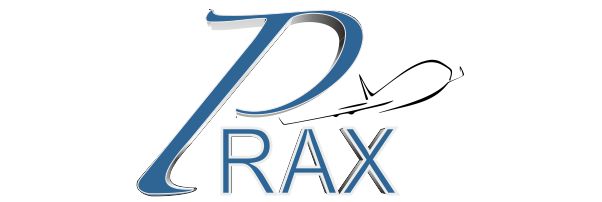Theyâre not just responding âyesâ or ânoâ â theyâre telling you what they think. Now letâs get extra into the primary points of qualitative and quantitative research so you perceive how to conduct every. The strategies and techniques used for qualitative analysis are qualitative content material evaluation, thematic analysis, and discourse analysis.
An experiment is a type of quantitative information collection technique that depends on manipulation of a single impartial variable whereas maintaining control over numerous different, normally dependent, variables. The knowledge gathered by way of experiments is most incessantly used to research relationships and determine correlations. Observation permits researchers to gather qualitative knowledge by observing respondents of their pure setting. In qualitative observation, researchers participate within the course of. They immerse themselves in the setting along with respondents, all while taking notes.
We might use your e mail to provide you with information on companies that might be of interest to you. You can opt-out of any marketing-related communications at any time. For more info on your rights and knowledge use please learn our Privacy Policy. Qualitative information is often generally identified as investigative as it can be used to reply the question âwhyâ. Qualitative information helps you create a âstoryâ, develop a speculation or acquire an initial understanding of a case or scenario.
Small companies will have completely different causes to want to discover each of those analysis approaches, as both pieces of data can give away totally different items of knowledge. Quantitative knowledge might have the ability to answer questions and gauge sentiment in a precise way, however qualitative information could possibly offer you particular perception and advice that you would be unable to glean in any other case. Quantitative evaluation uses statistical or mathemtatical information to assess a situation and better perceive the actions of a bunch. Researchers use this methodology when they need tangible, substantial knowledge about a explicit topic. For this cause, people use numerical information for quantitative analyses, which might both support or refute the research question or speculation. Collecting qualitative information is expensive and time intensive, so why do it within the first place?
It doesnât require surveying large teams; as an alternative, it helps observing smaller targeted groups and derives related contextual information. It requires forming small focus groups and interviews, which aren’t demanding on the finances. Now weâll flip to grasp the distinction between qualitative and quantitative information for impression measurement and why the two should go hand-in-hand. You can use Formplus to create and administer online surveys as part of the strategies of quantitative observation. Formplus lets you best homework help sites create a dynamic survey type in minutes and you can simply share your type hyperlink with family and friends. It permits you to collect detailed information on a particular subject and formulate a hypothesis that you can then test using quantitative analysis.
Unlike qualitative methodology, quantitative research presents extra objective findings as they’re based on extra reliable numeric knowledge. Each kind of data comes with benefits and disadvantages, and itâs necessary to bear these in thoughts when conducting any sort of analysis or sourcing information for analysis. Weâll outline the main advantages and drawbacks of each now. The primary methodology of research used with qualitative knowledge is a technique often identified as thematic analysis.
For instance, if you want to put cash into a business, you could be interested within the comments on social media that mention the companyâs products and whether or not the evaluation is constructive or unfavorable. Alternatively, an organization making an attempt to achieve an insight into their competitors might seek the same data or may want to find out the socioeconomic status of their clients. Net Promoter Score at one time known as âthe one question you want to growâ is probably probably the most successful example of what could be achieved when you discover the proper steadiness. It starts off with a quantitative question âOn a scale of 0-10, how likely are you to recommend our product to a friend or acquaintance? â This is followed by an open-ended question which asks the responder why they picked the answer they did.
Itâs just that it doesnât possess the preciseness of quantitative knowledge (because itâs not conveyed in onerous numbers). You might moderately describe quantitative information as being rigid. Because itâs so precise, it canât simply be twisted to serve totally different agendas. It might come from a survey that was handed out; it could come from testing; it may come from detailed reports and analyses.
â may result in many related answers, and a few wild playing cards which may be onerous to quantify. Itâs a lot simpler to analyze the information you get from asking, âDid http://asu.edu our product meet your expectations? For instance, do researchers aim to provide findings that reveal how to greatest encourage student engagement in math? Or is the goal to determine how many college students are passing geometry? These two situations require distinct sets of knowledge, which can determine one of the best methodology to make use of.
